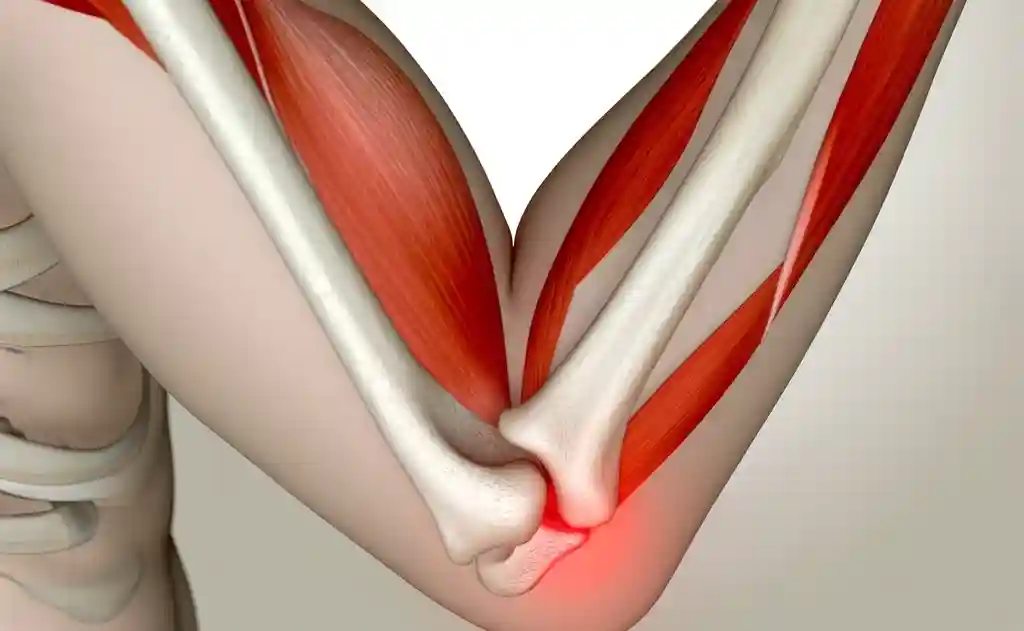Spondylolysis Exercises To Stabilize Your Lower Back

Spondylolysis Explained
Spondylolysis is a condition marked by a fracture in the lower back’s vertebrae, specifically in the pars area. Despite its potential severity, it often doesn’t cause pain. The condition is more common in certain athletes like female gymnasts, cricket bowlers, and young male American football players, but can also result from accidents.
Detecting Spondylolysis
X-rays revealing “Scotty Dogs” with a visible fracture line in the pars area help diagnose spondylolysis. This sign highlights the pars area’s susceptibility due to its thinner structure. Below you can see in red the intact “Scotty Dog”. In purple, the neck of the “Scotty Dog” is broken as seen by the white arrow.
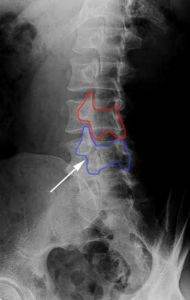
Chiropractors play a vital role in supporting individuals with spondylolysis. They provide comprehensive treatments focused on the spine, joints, muscles, and nerves. By guiding patients through specific exercises, chiropractors aim to stabilize the spine. This is crucial in preventing the condition from advancing to spondylolisthesis, a situation where the fractured vertebrae move forward due to instability.
The Big 5: Easy Exercises For Stabilizing Your Low Back
Stages of Spondylolisthesis
- Grade 1: Minor separation and slight forward slippage.
- Grade 2: Increased gap, with half the length of the vertebra below.
- Grade 3: Further separation, around three-quarters the length of the vertebra below.
- Grade 4: The most severe stage, where the vertebra completely dislocates from the one below.
The Role of Exercises and Posture Proper exercises and attention to posture can significantly improve spondylolysis and even relieve pain in advanced spondylolisthesis cases. Tailored chiropractic care plays a pivotal role in managing and potentially reversing the effects of this condition.
Grade 4 spondylolisthesis is a surgical problem; however, it’s reassuring to know that pain relief and stabilization have been achieved even in cases of Grade 3 spondylolisthesis. While outcomes may vary depending on individual circumstances, having the expertise and experience to address such cases underscores the importance of personalized care in chiropractic practice.
What should be avoided with spondylolysis?
When you have spondylolisthesis you should always avoid bending backwards. Unfortunately, standing and walking involve a little bit of extension or backwards bending of the spine. That’s why those who have pain with spondylolysis get the pain with extended periods of standing or walking which is relieved by sitting or bending forwards.
Recovery Duration:
Recovering from spondylolysis presents unique challenges compared to healing from a typical leg fracture, which might require approximately 6 weeks of proper casting. However, due to the delicate nature of spinal injuries, options such as casting or bracing the spine are not feasible. Previous efforts to immobilize the spine have proven ineffective, prompting the exploration of alternative methods.
Spondylolysis Exercises for Recovery:
Spondylolysis exercises focus on stabilizing the spine, relying on the strengthening and stability of spinal muscles. These exercises play a pivotal role in relieving pain by shifting the burden from the fractured bone to the supporting muscles.
Importance of Stabilization:
- Muscle-Led Stabilization: Stabilizing the spine through exercises ensures that muscles bear the load, preventing undue pressure on joints and discs.
- Preventing Weakness and Instability: Deconditioning and weakness in the spine contribute to recurring pain. Regular exercises help maintain strength, preventing the spine from becoming unstable.
Fusion Possibility:
Unlike spondylolisthesis, where a gap impedes bone fusion, spondylolysis holds the potential for fusion with appropriate stabilization exercises. These exercises aid in aligning and supporting the fractured vertebrae, fostering the healing process.
Spondylolysis Exercise #1 Bird Dog
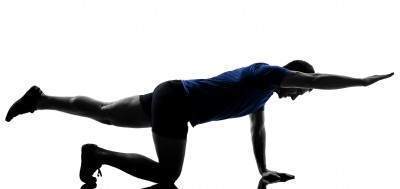
- Start in a tabletop position on a mat, hands under shoulders, knees under hips.
- Keep spine neutral, gaze down.
- Extend right arm and left leg parallel to the floor, and maintain level hips and shoulders.
- Hold the position for a few seconds, then return to start.
- Alternate sides.
- Aim for 8-12 reps on each side, 2-3 sets.
Exercise #2 Squats
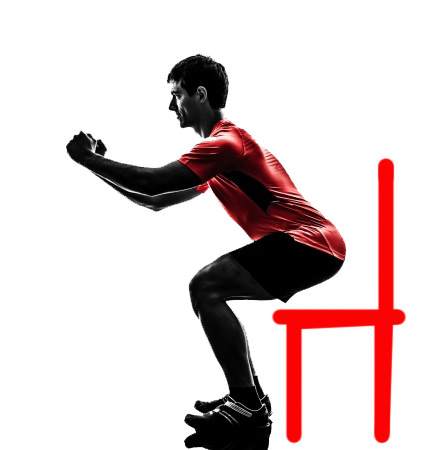
- Bend your knees and stick your butt out so that you form a curve in your lower back.
- Stick your buttocks out so that you have a curve in your lower back.
- Keep going until your knees are 90 degrees or you touch your buttock to the chair.
- Do 3 sets of 10
Spondylolysis Exercise #3 Side Plank
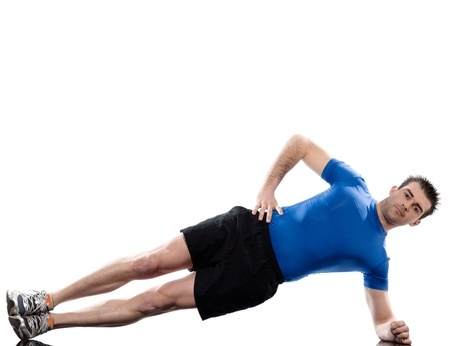
- Get on your side with both feet together.
- Use your elbow as a base to stabilize yourself.
- Put the opposite hand on your waist
- Advanced: If you find this easy raise up your arms.
- Beginner: Bend your knees and touch the floor from your knee down to your feet then raise your hip and torso.
- Hold for 30 seconds. Do 3 sets.
Spondylolysis Exercise #4 Front Plank
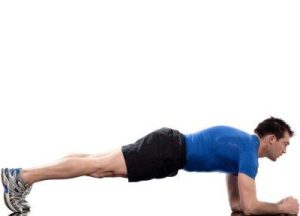
- Elbow underneath your shoulder and your feet together.
- Raise your legs and torso like the picture above.
- Advanced: Bring your elbow forward 4-5 cm / 2 inches.
- Beginner: Touch your knees to the floor holding up your hips and torso.
- Hold for 30 seconds for 3 reps.
Tell us your thoughts in the comments below and like us on Facebook. I will answer all questions in the comments section here at this downtown Toronto Chiropractic clinic.
Picture Reference
- Feature Picture: Photo by Jacob Postuma on Unsplash
- Picture of Scotty Dog: https://www.spinemd.com/symptoms-conditions/spondylolysis
- X-ray of Scotty Dog: https://www.spinemd.com/symptoms-conditions/spondylolysis


